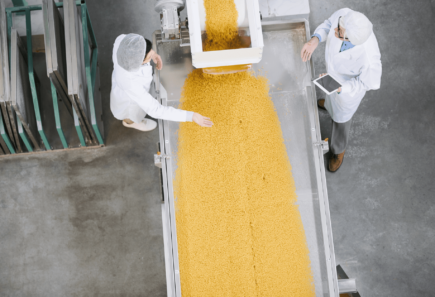GFIdeas August networking mixer
Join us after the Business of Alt Protein seminar to network with alternative protein enthusiasts! During the networking session, you will be matched with other members of the GFIdeas community to exchange ideas.
Join us after the Business of Alt Protein seminar to network with alternative protein enthusiasts! During the networking session, you will be matched with other members of the GFIdeas community to exchange ideas.

Join GFI and Black and Veatch, a leading global engineering, consulting, and construction company, to learn how to effectively plan for your alternative protein company’s infrastructure needs.
The Food Forum will host a two-day virtual workshop, which will explore the state of the science on alternative protein sources as they relate to issues around diet quality, nutrition, and sustainability.

Students from the Stanford Alt Protein Project reflect on their experience breaking ground on alternative protein education at their university.

GFI CEO & founder Bruce Friedrich talks to The San Francisco Chronicle about California's historic $5 million investment in cultivated meat research.

GFI's new grantees aim to improve in-fat-uation with plant-based meat by creating the next generation of tasty, sustainable, and healthy animal-free fats.

GFI's Dr. Elliot Swartz discusses the environmental footprint of alternative meat.

GFI's Dr. Liz Specht discusses the efficiencies and benefits of single-cell suspension in cultivated beef.

Label censorship, which prohibits the use of meaty terms on alternative protein products, is anti-free market, unconstitutional, and unnecessary.

Alternative protein producers have a First Amendment right to describe their products in a clear manner consistent with consumer expectations.